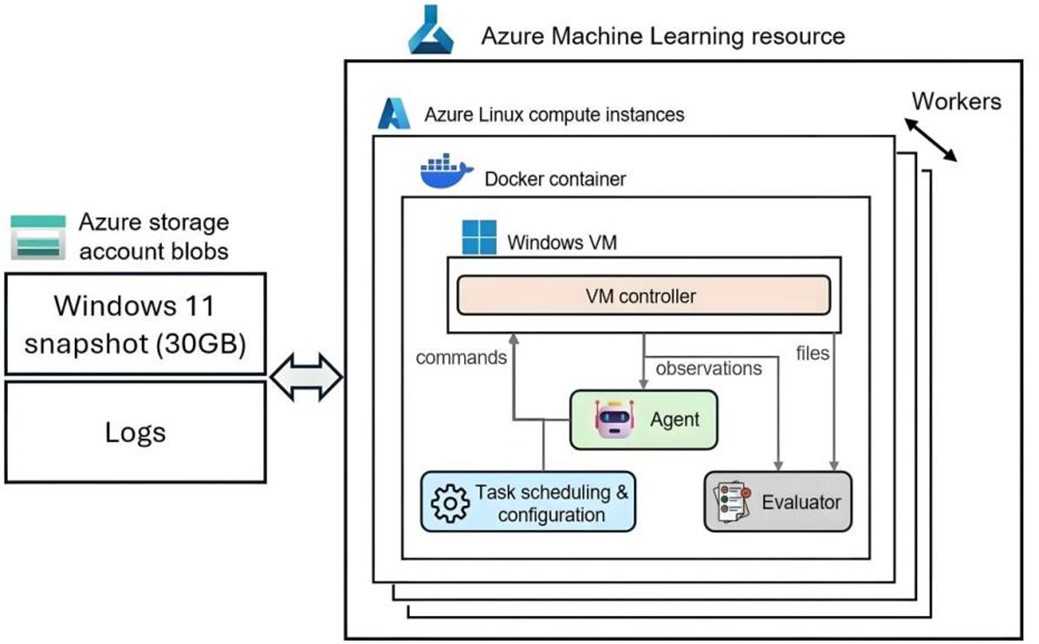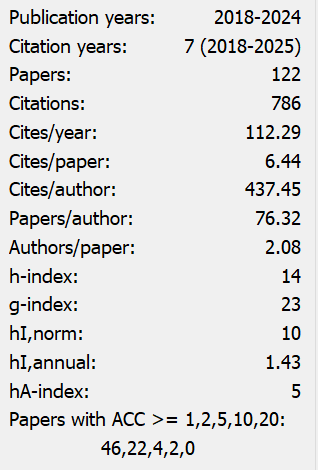Analysis of Potential Ethical Risks and Countermeasures of AI+ Technology in Smart Finance Applications
Abstract
The deep integration of AI technology with the finance field has given rise to a new paradigm of smart finance applications, which have also given rise to complex ethical risks while enhancing the efficiency of financial decision-making. Data bias may lead to credit discrimination, black-box decision-making mechanisms weaken regulatory transparency, and risk transmission effects may trigger systemic financial vulnerability. Existing research focuses on technology optimization, but pays little attention to the quantitative assessment and dynamic governance of ethical risks. In this paper, we build a multi-dimensional ethical risk detection system for smart financial scenarios, develop core algorithms for data traceability, decision visualization, and risk modeling, and form a synergistic framework of technical governance and institutional constraints. The research breaks through the limitations of traditional qualitative analysis, provides operable solutions for the construction of a trustworthy smart financial system, and has practical value for maintaining the fairness and stability of the financial market.
References
[2] Brammertz, W., & Mendelowitz, A. I. (2018). From digital currencies to digital finance: The case for a smart financial contract standard. The Journal of Risk Finance, 19(1), 76–92. https://doi.org/10.1108/JRF-02-2017-0025
[3] Lai, M. (2022). Smart financial management system based on data mining and man-machine management. Wireless Communications and Mobile Computing, 2022, 2717982. https://doi.org/10.1155/2022/2717982
[4] Er-Rajy, L., El Kiram, M. A., Lachihab, O., & others. (2024). Challenges and countermeasures for using machine learning and artificial intelligence in blockchain and IoT applications. In Artificial Intelligence for Blockchain and Cybersecurity Powered IoT Applications (pp. 30–51). CRC Press. https://doi.org/10.1201/9781003497585-3
[5] Hu, Y., Kuang, W., Qin, Z., & others. (2021). Artificial intelligence security: Threats and countermeasures. ACM Computing Surveys (CSUR), 55(1), 1–36. https://doi.org/10.1145/3487890
[6] Wensheng, D. (2020). Rural financial information service platform under smart financial environment. IEEE Access, 8, 199944–199952. https://doi.org/10.1109/ACCESS.2020.3033279
[7] Ravi, V., & Kamaruddin, S. (2017). Big data analytics enabled smart financial services: Opportunities and challenges. In Big Data Analytics: 5th International Conference, BDA 2017, Hyderabad, India, December 12–15, 2017, Proceedings (pp. 15–39). Springer International Publishing. https://doi.org/10.1007/978-3-319-72413-3_2
[8] Witthaut, M., Deeken, H., Sprenger, P., & others. (2017). Smart objects and smart finance for supply chain management. Logistics Journal: Referierte Veröffentlichungen, 2017(10), 12.
[9] Ozbayoglu, A. M., Gudelek, M. U., & Sezer, O. B. (2020). Deep learning for financial applications: A survey. Applied Soft Computing, 93, 106384. https://doi.org/10.1016/j.asoc.2020.106384
[10] Zarate, J. C. (2009). Harnessing the financial furies: Smart financial power and national security. The Washington Quarterly, 32(4), 43–59. https://doi.org/10.1080/01636600903235890


This work is licensed under a Creative Commons Attribution 4.0 International License.
Copyright for this article is retained by the author(s), with first publication rights granted to the journal.
This is an open-access article distributed under the terms and conditions of the Creative Commons Attribution license (http://creativecommons.org/licenses/by/4.0/).


























